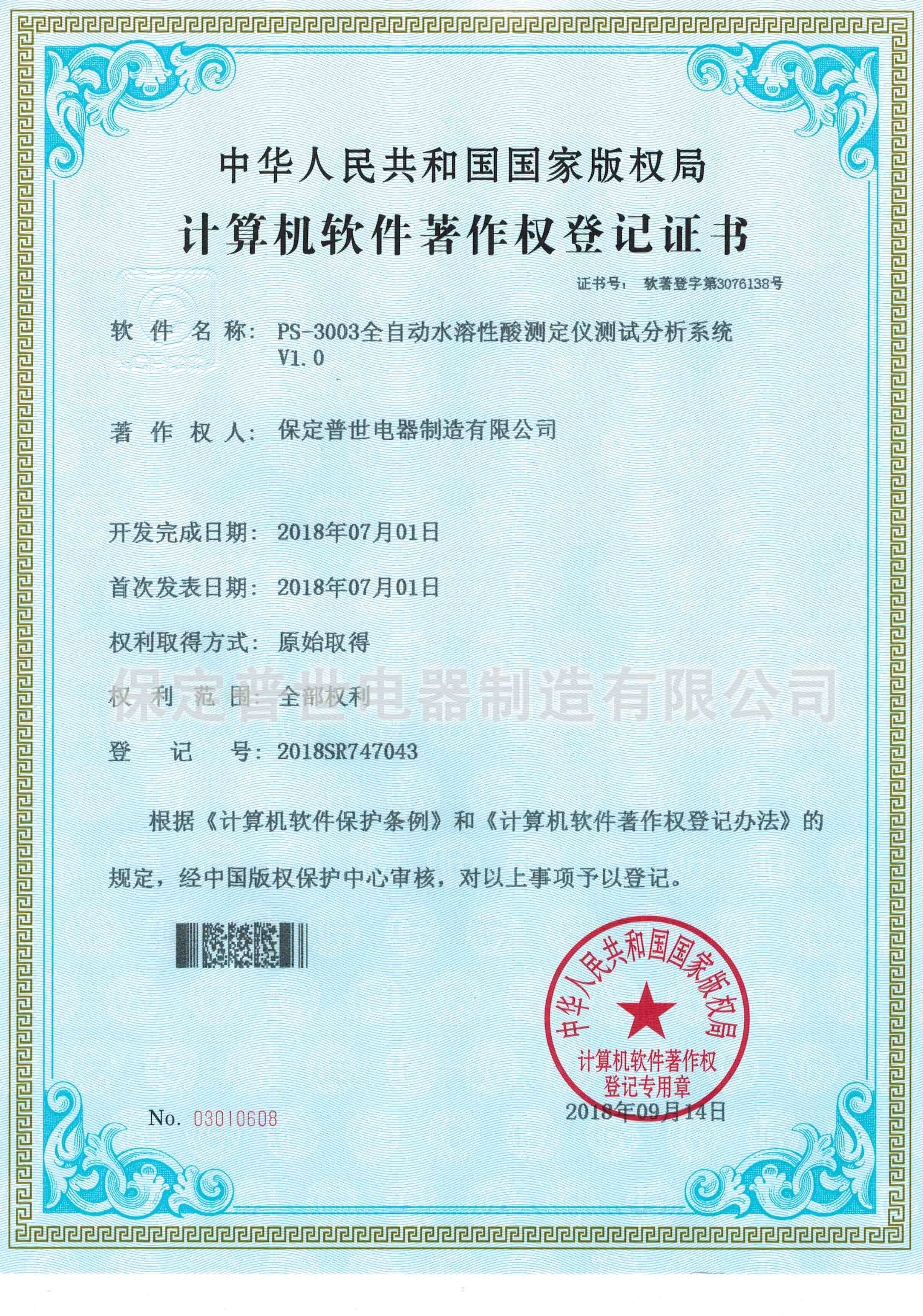 English
English



-
 Afrikaans
Afrikaans -
 Albanian
Albanian -
 Amharic
Amharic -
 Arabic
Arabic -
 Armenian
Armenian -
 Azerbaijani
Azerbaijani -
 Basque
Basque -
 Belarusian
Belarusian -
 Bengali
Bengali -
 Bosnian
Bosnian -
 Bulgarian
Bulgarian -
 Catalan
Catalan -
 Cebuano
Cebuano -
 China
China -
 China (Taiwan)
China (Taiwan) -
 Corsican
Corsican -
 Croatian
Croatian -
 Czech
Czech -
 Danish
Danish -
 Dutch
Dutch -
 English
English -
 Esperanto
Esperanto -
 Estonian
Estonian -
 Finnish
Finnish -
 French
French -
 Frisian
Frisian -
 Galician
Galician -
 Georgian
Georgian -
 German
German -
 Greek
Greek -
 Gujarati
Gujarati -
 Haitian Creole
Haitian Creole -
 hausa
hausa -
 hawaiian
hawaiian -
 Hebrew
Hebrew -
 Hindi
Hindi -
 Miao
Miao -
 Hungarian
Hungarian -
 Icelandic
Icelandic -
 igbo
igbo -
 Indonesian
Indonesian -
 irish
irish -
 Italian
Italian -
 Japanese
Japanese -
 Javanese
Javanese -
 Kannada
Kannada -
 kazakh
kazakh -
 Khmer
Khmer -
 Rwandese
Rwandese -
 Korean
Korean -
 Kurdish
Kurdish -
 Kyrgyz
Kyrgyz -
 Lao
Lao -
 Latin
Latin -
 Latvian
Latvian -
 Lithuanian
Lithuanian -
 Luxembourgish
Luxembourgish -
 Macedonian
Macedonian -
 Malgashi
Malgashi -
 Malay
Malay -
 Malayalam
Malayalam -
 Maltese
Maltese -
 Maori
Maori -
 Marathi
Marathi -
 Mongolian
Mongolian -
 Myanmar
Myanmar -
 Nepali
Nepali -
 Norwegian
Norwegian -
 Norwegian
Norwegian -
 Occitan
Occitan -
 Pashto
Pashto -
 Persian
Persian -
 Polish
Polish -
 Portuguese
Portuguese -
 Punjabi
Punjabi -
 Romanian
Romanian -
 Russian
Russian -
 Samoan
Samoan -
 Scottish Gaelic
Scottish Gaelic -
 Serbian
Serbian -
 Sesotho
Sesotho -
 Shona
Shona -
 Sindhi
Sindhi -
 Sinhala
Sinhala -
 Slovak
Slovak -
 Slovenian
Slovenian -
 Somali
Somali -
 Spanish
Spanish -
 Sundanese
Sundanese -
 Swahili
Swahili -
 Swedish
Swedish -
 Tagalog
Tagalog -
 Tajik
Tajik -
 Tamil
Tamil -
 Tatar
Tatar -
 Telugu
Telugu -
 Thai
Thai -
 Turkish
Turkish -
 Turkmen
Turkmen -
 Ukrainian
Ukrainian -
 Urdu
Urdu -
 Uighur
Uighur -
 Uzbek
Uzbek -
 Vietnamese
Vietnamese -
 Welsh
Welsh -
 Bantu
Bantu -
 Yiddish
Yiddish -
 Yoruba
Yoruba -
 Zulu
Zulu
transformer infrared inspection
The Role of Transformer Infrared Inspection in Preventive Maintenance
In the modern era of power distribution, transformers play a critical role in the efficient transfer of electrical energy. Given the essential nature of these devices, regular maintenance and inspection are paramount to ensure their reliability and longevity. One of the most effective methods for conducting such inspections is through infrared (IR) thermography. This non-invasive technique allows for the early detection of potential faults, thus preserving system integrity and preventing catastrophic failures.
Infrared inspection utilizes thermal imaging to capture the heat emitted by electrical components and systems, including transformers. Essentially, all electrical equipment generates heat during operation, and anomalies in temperature can indicate underlying issues. For transformers, these anomalies can arise from a variety of sources, including poor connections, overload conditions, or insulation failures. By employing infrared technology, maintenance personnel can identify high-temperature spots that suggest a risk of failure.
The process of transformer infrared inspection involves several systematic steps. Firstly, it is important to ensure that the transformer is operating under normal load conditions during the inspection. This is crucial because temperature anomalies are often more pronounced when the equipment is under stress. Maintenance teams should conduct inspections during peak operation times to capture the most relevant thermal data.
Once the appropriate conditions are established, the infrared camera is directed at the transformer. The camera translates infrared radiation into a visible spectrum, allowing the technician to spot thermal irregularities. The thermal images obtained allow for quick interpretation, highlighting problem areas that might require further investigation. Typical issues that can be detected via infrared inspection include overheating connections, failed insulation, and problems with cooling systems.
transformer infrared inspection

This proactive approach offers numerous benefits. Firstly, it minimizes downtime. By identifying issues before they escalate into bigger problems, utilities can perform maintenance during scheduled outages rather than facing unplanned outages that could disrupt service. Secondly, infrared inspection enhances safety. Transformers that are operating improperly may pose a risk of fire or explosion. Early detection allows for timely interventions, protecting both personnel and property.
Moreover, incorporating infrared inspection into a routine maintenance program can lead to cost savings in the long run. While the initial investment in thermal imaging technology may seem substantial, the ability to prevent major failures and associated repair costs can offset this expenditure quickly. Furthermore, it contributes to optimizing the overall life cycle of the transformer and improves asset management.
However, it is essential to emphasize that infrared inspection should not be a standalone maintenance strategy. It should be integrated with other diagnostic tools, such as visual inspections, electrical testing, and transformer oil analysis. A comprehensive maintenance program that combines multiple inspection techniques will provide a more holistic view of the transformer’s health.
In conclusion, transformer infrared inspection is an invaluable tool in the toolkit of electrical utilities and maintenance managers. By harnessing the power of thermal imaging technology, organizations can ensure that their transformers operate at peak efficiency, extend their operational lifespan, and enhance the safety and reliability of the electrical grid. As technology continues to evolve, the role of infrared inspection in the preventive maintenance landscape will only grow, further cementing its importance in modern power systems.
-
Exploring the Main Types of Industrial Endoscopes and Their Applications Across IndustriesNewsJul.04,2025
-
Testing Equipment Industry Sees Major Advancements in 2025: Smart & Precision Technologies Lead the WayNewsJun.06,2025
-
Applications of Direct Current Generators in Renewable Energy SystemsNewsJun.05,2025
-
Hipot Tester Calibration and Accuracy GuidelinesNewsJun.05,2025
-
Digital Circuit Breaker Analyzer Features and BenefitsNewsJun.05,2025
-
Benefits of Real-Time Power Quality Monitoring Devices for Industrial EfficiencyNewsJun.05,2025



